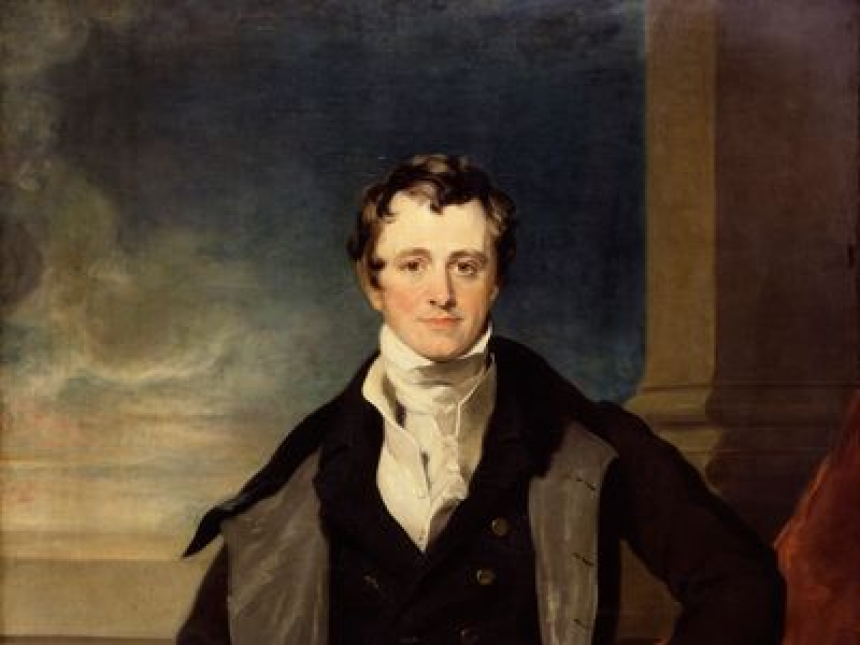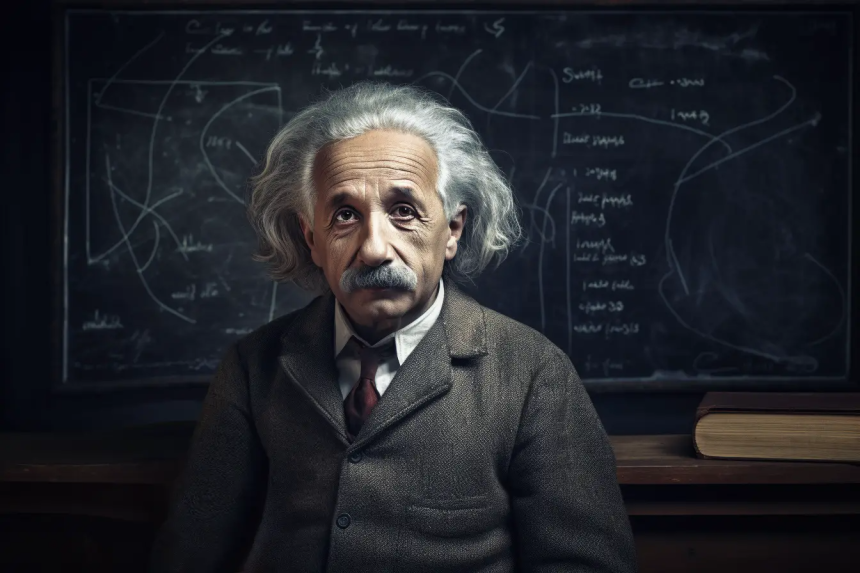
Gilbert Lewis
Chemistry is a fascinating subject that seeks to explain the behavior and interactions of matter. One of the key figures in the field is Gilbert Newton Lewis, an eminent American chemist who made significant contributions to our understanding of chemical bonding and reactions. Born on October 23, 1875, in Weymouth, Massachusetts, Lewis went on to become a pioneering scientist whose ideas continue to shape the study of chemistry today.
Gilbert Lewis: The Brilliant Chemist Behind Lewis Structures and Covalent Bonds
Chemistry is a fascinating subject that seeks to explain the behavior and interactions of matter. One of the key figures in the field is Gilbert Newton Lewis, an eminent American chemist who made significant contributions to our understanding of chemical bonding and reactions. Born on October 23, 1875, in Weymouth, Massachusetts, Lewis went on to become a pioneering scientist whose ideas continue to shape the study of chemistry today.
The Early Years and Education
Gilbert Lewis displayed a keen interest in science from a young age. He pursued his undergraduate studies at the University of Nebraska, where he developed a deep love for chemistry. Lewis went on to receive his Ph.D. from Harvard University under the guidance of Theodore William Richards, who was awarded the Nobel Prize in Chemistry in 1914.
Contributions to Chemical Bonding
One of Lewis' most significant contributions to chemistry is the concept of the covalent bond. In 1916, he proposed the idea of electron pairs being shared between atoms, which forms the basis of covalent bonds. This breakthrough allowed chemists to explain how atoms combine to form molecules and provided a deeper understanding of chemical reactions.
In addition to covalent bonding, Lewis also introduced the concept of Lewis structures. These diagrams use lines and dots to represent the arrangement of atoms and electrons in a molecule. Lewis structures are widely used to depict chemical compounds and are instrumental in predicting molecular geometries and bond angles.
Other Notable Contributions
Besides his work on chemical bonding, Gilbert Lewis made various other notable contributions to the field of chemistry. He proposed the concept of "Lewis acids" and "Lewis bases" to describe substances that can donate or accept electron pairs, respectively. This idea laid the foundation for the theory of acid-base reactions.
Furthermore, Lewis was one of the pioneers in the field of thermodynamics and contributed to the development of the entropy concept. His work on free energy and the Third Law of Thermodynamics made significant advancements in our understanding of chemical reactions and their spontaneity.
The Legacy of Gilbert Lewis
Gilbert Lewis' insights and discoveries continue to play a vital role in chemistry education and research. His groundbreaking work paved the way for the development of numerous theories and concepts that form the backbone of modern chemistry.
Today, the Lewis structure is an essential tool for understanding molecular structures and predicting chemical properties. It enables chemists to predict the reactivity of compounds and understand how they interact with one another.
FAQs
- What is a Lewis structure?
- A Lewis structure is a diagram that shows the arrangement of atoms and electrons in a molecule, using lines to represent covalent bonds and dots to portray lone pairs of electrons.
- What are Lewis acids and bases?
- Lewis acids are substances that can accept a pair of electrons, while Lewis bases are substances that can donate a pair of electrons.
- Why are Lewis structures important?
- Lewis structures are important because they allow us to visualize the structure of molecules and predict their properties, including reactivity and bond angles. They help in understanding chemical reactions and interactions.
- What are some other contributions of Gilbert Lewis?
- Apart from his work on covalent bonding and Lewis structures, Gilbert Lewis contributed to the understanding of acid-base reactions and made advancements in the field of thermodynamics.
- How did Gilbert Lewis impact the field of chemistry?
- Gilbert Lewis' groundbreaking ideas and concepts revolutionized the study of chemistry, particularly in the areas of chemical bonding and molecular structure. His contributions continue to shape both the educational curriculum and ongoing research in the field.
In conclusion, Gilbert Lewis was an exceptional chemist whose work on chemical bonding and Lewis structures laid the foundation for our understanding of molecular structure and reactivity. His groundbreaking ideas continue to inspire and guide chemists, ensuring that his legacy remains an integral part of the study of chemistry.





